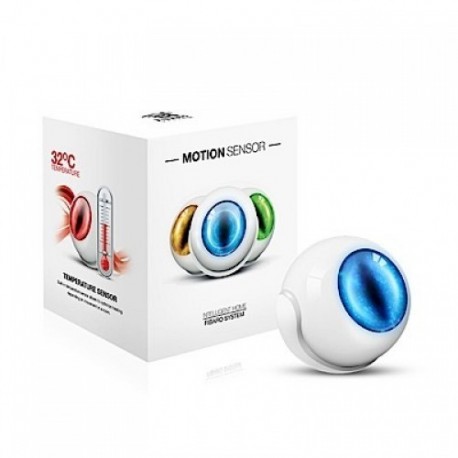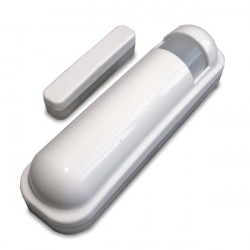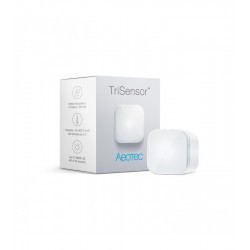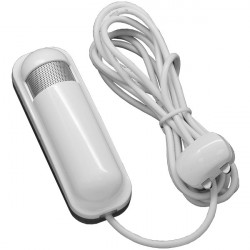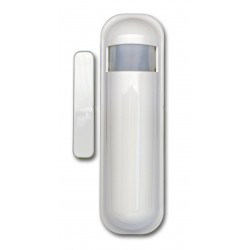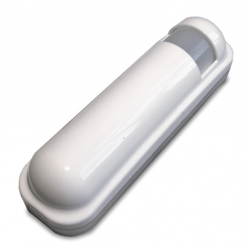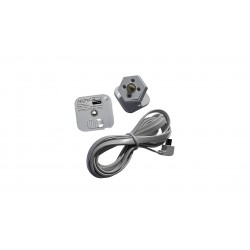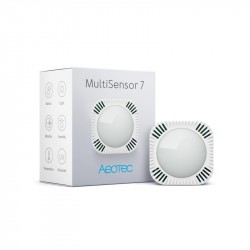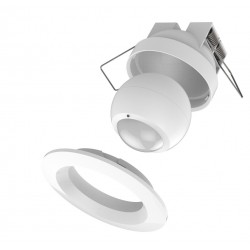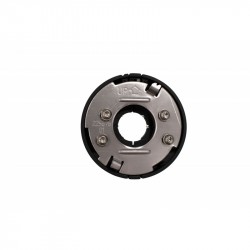Ningún producto
Precios con IVA incluído
Producto añadido correctamente a su carrito de la compra
Hay 0 artículos en su carrito. Hay 1 artículo en su cesta.
Fibaro Multisensor 4-en-1 Z-Wave Plus
FGMS-001-ZW5
Nuevo
Detector de movimiento multisensor 4 en 1 de Fibaro que es capaz de detectar movimiento, temperatura e intensidad lumínica, además de contar con acelerómtero. 4 sensores en 1 (detector de movimiento, sensor de temperatura, sensor de luminosidad y detector de vibraciones), ahora Z-Wave Plus.
En Stock - Envío inmediato
- Eliminar de mis favoritos
- Agregar este producto a mis favoritos
- Imprimir
Compatible:










Características técnicas
| Tecnología Domótica | Z-Wave Plus |
Descripción
Este nuevo y novedoso detector de movimiento de Fibaro es un dispositivo con tecnología Z-Wave multifunción, con capacidad de detectar: movimiento, intensidad luminosa, vibraciones y temperatura. Se instala de forma rápida y fácil en cualquier superficie. Su LED multicolor indica detección de movimiento y nivel de temperatura. El sensor de movimiento resulta ideal para crear escenas de iluminación y vigilancia-seguridad. Además es capaz de detectar cualquier intento de manipulación (antisabotaje), gracias al sensor de vibraciones integrado (acelerómetro).
Especificaciones técnicas:
FUNCIONES:
Detector de movimiento inalámbrico
Detecta movimientos con un sensor infrarrojo pasivo
medición de la temperatura
medición de la intensidad de la luz
compatible Z-Wave Plus
Protección contra el robo y el sabotaje
Alertas de movimiento y temperatura que se indica mediante el parpadeo del LED
modo de detección de terremotos
Botón para incluir / excluir el detector
detección de batería baja
Muy pequeño, de tamaño compacto
Fácil de instalar en pared, techo u otra superficie
CARACTERÍSTICAS TÉCNICAS :
Tipo de módulo: Transmisor Z-Wave
Potencia: CR123A 3,6VDC
altura máx. de montaje recomendada: 2,4 m
medida de rango de temperatura: -20 ° C a 100 ° C
Precisión de la medición: 0,5 ° C
Rango de medición Brillo: 0-32000 LUX
Frecuencia: 868.42 MHz
Distancia de transmisión: campo libre 50m, 30m en interiores
Dimensiones: 4,4 cm de diámetro
Temperatura de funcionamiento: 0 a 40 ° C
certificaciones:
LVD 2006/95 / WE
EMC 2004/108 / WE
R & TTE 1999/5 / WE
RoHS II
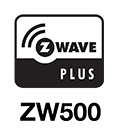 |
Información Ampliada Z-Wave (Inglés)
Descargue el manual desde aquí.
2. Place the device within the direct range of your Z-Wave controller.
3. Set the main controller in (security/non-security) add mode (see the controller’s manual).
4. Quickly, three times press the B-button.
5. Wait for the adding process to end.
6. Successful adding will be confirmed by the Z-Wave controller’s message.
2. Place the device within the direct range of your Z-Wave controller.
3. Set the main controller in remove mode (see the controller’s manual).
4. Quickly, three times press the B-button.
5. Wait for the removing process to end.
6. Successful removing will be confirmed by the Z-Wave controller’s message.
2. Press and hold the B-button.
3. Wait for visual indicator to glow yellow (2nd menu position).
4. Release the B-button.
5. Click the B-button to confirm selection.
6. After few seconds the device will be reset, which is signalled with the red, fading visual indicator colour.
Use reset procedure only if the primary controller is missing or inoperable.
Opiniones
Muy fiable
Muy fiable, casi instantaneo. Nada de retardo. Quiza de los mejores productos Fibaro





